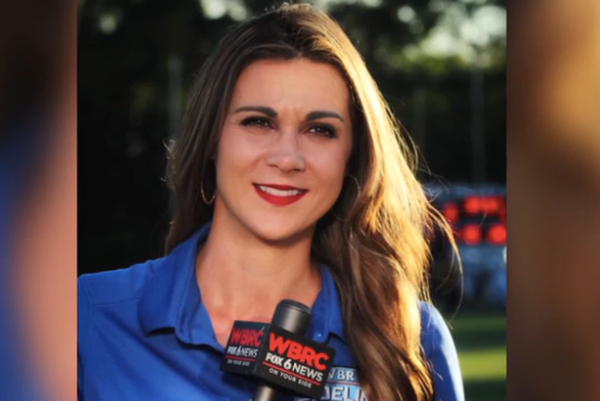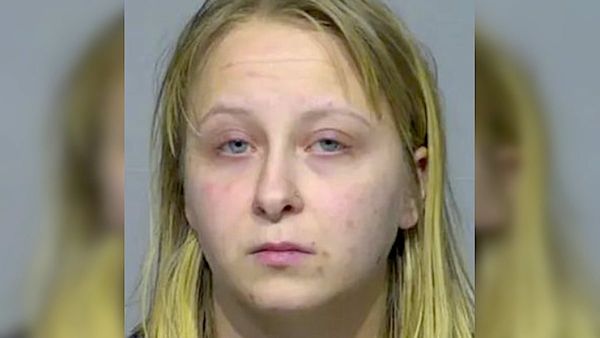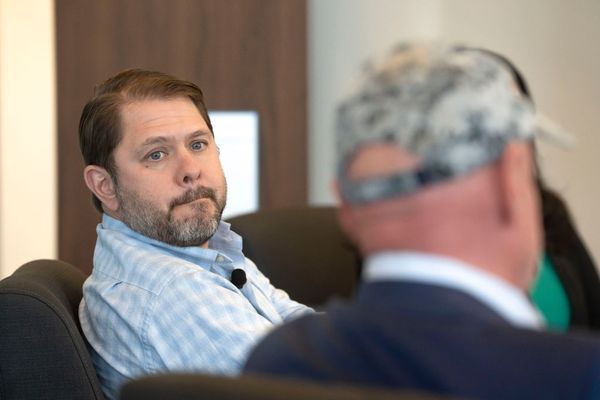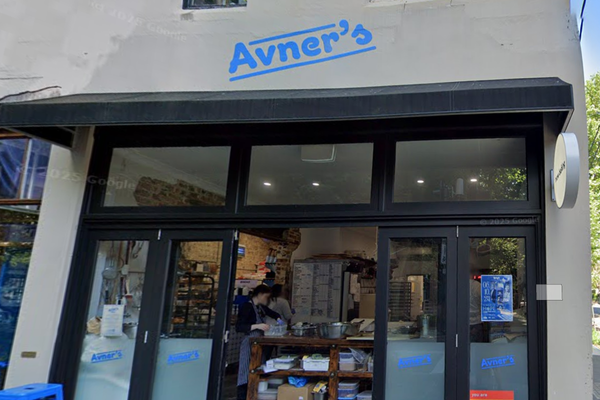
The appointment of the hugely experienced Amanda Vandervort as the first president of the new fully professional women’s second division in the US, the USL Super League, has been in the pipeline for a while, as have plans for the league, which launches in 2023, but the timing of the announcement of Vandervort’s position matters.
Over the past fortnight the top-flight National Women’s Soccer League has been rocked by allegations of sexual coercion and abuse against Paul Riley while he was manager of North Carolina Courage, which he denies. This follows other high-profile alleged breaches of the NWSL’s anti-harassment policies, and news of the development of a league which plans to double the number of professional teams in the US is a welcome sign that the women’s game continues to go from strength to strength.
It is hugely encouraging to find at the centre of it Vandervort, a former player at the University of Wyoming, then head coach of New York University’s women’s soccer programme, president of United Soccer Coaches (the largest coaches’ association in the world), vice-president of customer relations and social media and then fan engagement for men’s Major League Soccer, and most recently chief women’s football officer for the players’ union Fifpro.
Speaking from the USL office in Tampa, Florida, Vandervort understands how important it is to learn lessons from the extraordinarily difficult situation facing women’s soccer in the US.
“Players’ voices in the process will be critical,” she says. “Players deserve a space to play soccer in a fair, just and equitable environment. What an opportunity we have, to be able to start from a blank slate and build policies and programmes that offer protection for players. We have to acknowledge the huge bravery of the players that have come forward and it’s an incredibly tough time right now. This space, women’s soccer, is having to look at the game today, look at itself and look at the systems and institutions that have brought us here.
“We have an opportunity with the Super League to, from the beginning, build the policies and protections that are essential for players to feel safe and confident. Everything from education and training programmes, like we set up at Fifpro for our unions, to whistleblower protections, reporting and response systems and remedy; the whole cycle.”

The USL runs the men’s USL Championship, the second division, which involves 31 teams. It also organises USL League One and USL League Two, which operate below that, and runs the USL Academy League. The ambition is to present a parallel pathway for female players, with the Super League as the second division, an amateur league below it, the W-League, which launches in 2022, and an academy league.
In June the W-League was announced with eight affiliated teams. Four months later and 20 are signed up, highlighting the appetite.
“When we look at the landscape today in America there’s seven times more men’s professional teams than there are women’s,” Vandervort says. “Our goal is to double the number of professional women’s teams in America in our first year. So already we’re creating more jobs and more opportunities for women players to stay in the game.
“There are around 10,000 women players in college in the United States, playing NCAA division one soccer, and we are giving them the opportunity to stay in football in America. Creating jobs and opportunities for players is an exciting venture, that also with that comes jobs for coaches, opportunities for executives, for staff, for referees. It’s the entire women’s football ecosystem.”

The home of the world champions has benefited from a very developed college system but with an increasing number of leagues, primarily in Europe, turning professional the pressure has been ramped up on the NWSL to maintain its status as, arguably, the world’s best. The introduction of a second professional league that offers the opportunity to develop a much bigger player pool could go a long way to maintaining and extending US dominance of women’s football.
“We’re all going in the same direction,” says Vandervort. “We’re all driving the growth of the game. Competition is healthy – it pushes us to be better. The Super League can be one of the best leagues in the world; I believe that. Competition creates better environments and it creates more elite players and it will elevate the game in America and the rest of the world too.”







